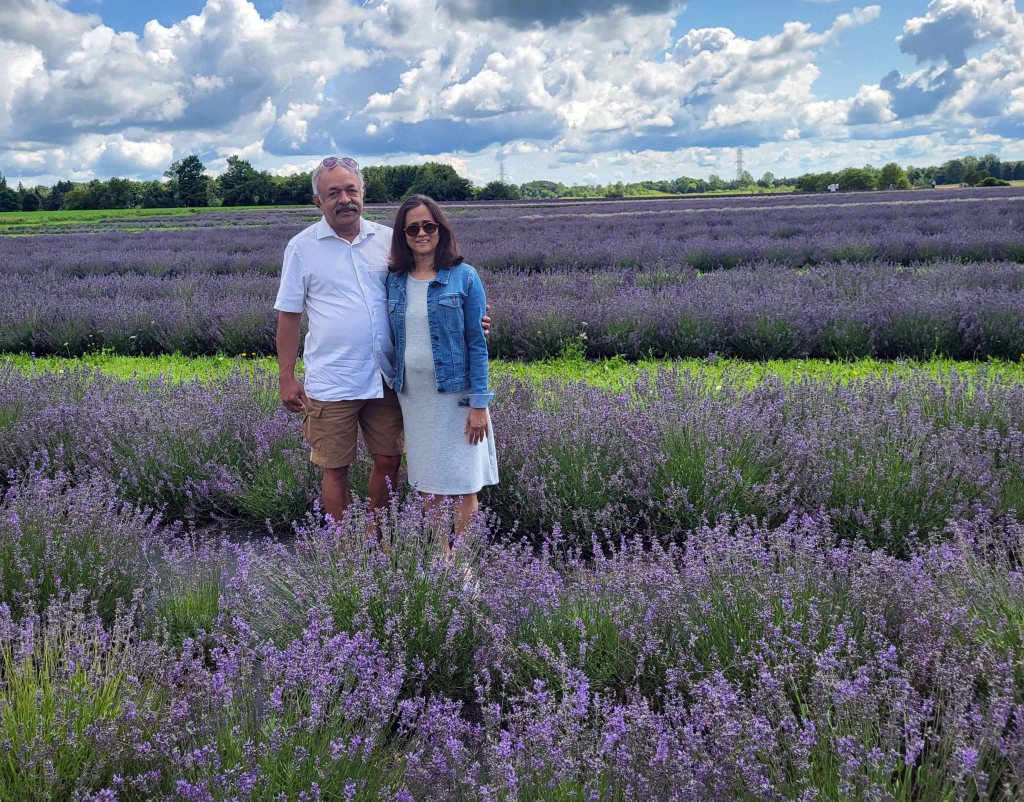On Aug. 15, 2023, Canadian Defence Minister Bill Blair announced that Canadian Armed Forces (CAF) members who experience sexual misconduct or harassment can now file a complaint directly with the Canadian Human Rights Commission instead of the internal military grievance process.
The policy was one of the major pillars of Operation Honour, the military’s campaign to stamp out sexual misconduct in the ranks. Complaints about harassment and discrimination that are not based on sex will still be handled through internal military procedures.
The Human Rights Commission received 42 complaints about discrimination based on sex by military members between 2015 and 2021. The number was likely so low because of a requirement to exhaust the internal grievance process before taking complaints outside the institution.
The change is to scrap a controversial Duty to Report policy that requires CAF members to report all incidents of misconduct, including sexual misconduct or racism, regardless of whether they were directly affected by them. Failing to report incidents of misconduct and wrongdoing was punishable under old military regulations. The new policy will eliminate the obligation to report and penalties for not reporting and give members the opportunity to exercise discretion and choose the best path forward.
Although the Duty to Report has been in military regulations since the 1930s, it was given new life and extra teeth after a 2015 independent investigation into sexual misconduct found victims under-reported incidents because they feared reprisals and didn’t trust the investigation process.
A House of Commons committee report complained in 2019 that the rules on the policy were too vague. Rather, the policy was ambiguous and difficult for the military to prosecute.
Duty to Report policy has long been criticised by victims of misconduct and independent observers like former Supreme Court justice Louise Arbour, who delivered a landmark report on sexual misconduct in the military last year. They have argued that by allowing bystanders to report wrongdoing, the policy took the Canadian Human Rights Commission away from victims who may or may not have wanted to speak up.
It was thought that the Duty to Report obligation could help ensure that incidents were not ignored or minimised, and that it would enhance protections for survivors. the Duty to Report regulations have had unintended negative consequences for people affected by offences of an interpersonal nature, such as sexual misconduct or hateful conduct.
The new regulation aims to induce a culture where survivors, and all those affected by misconduct, feel safe, supported, and able to report wrongs on their own terms. Now, any sexual assault survivors can weigh their options. If they choose to remain silent, they do not have to fear further punishment or face unwelcome exposure if others inform on their predicament against their wishes.
The new regulation will apply to new and existing complaints, allowing military members to ask for an independent review before exhausting internal grievance processes. Modernising complaint processes is a key component of the efforts to bring in cultural changes in the CAF. It will ensure that CAF members access human rights justice swiftly.








